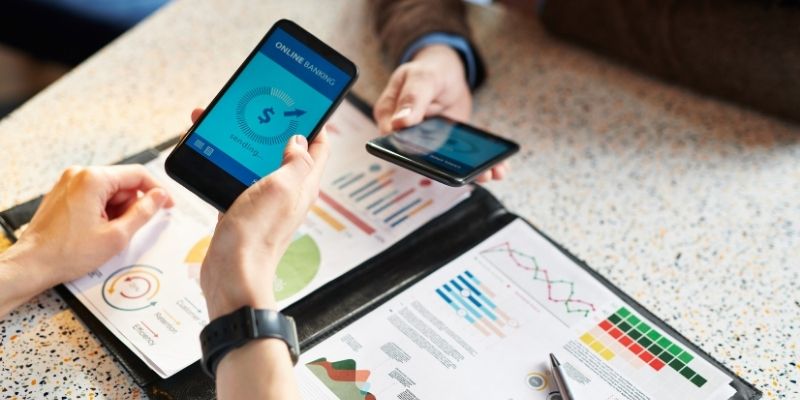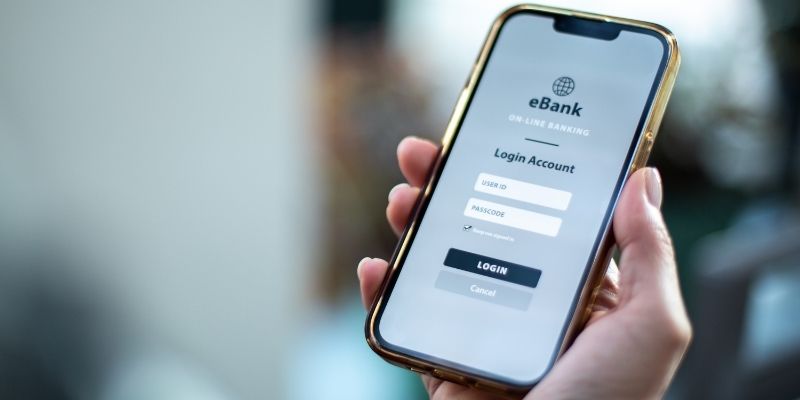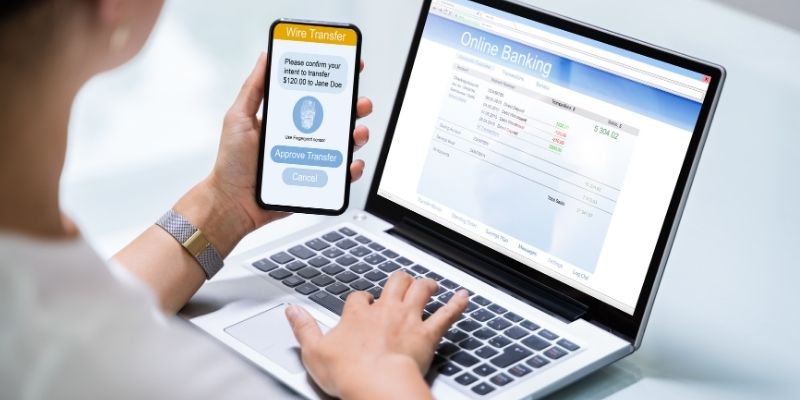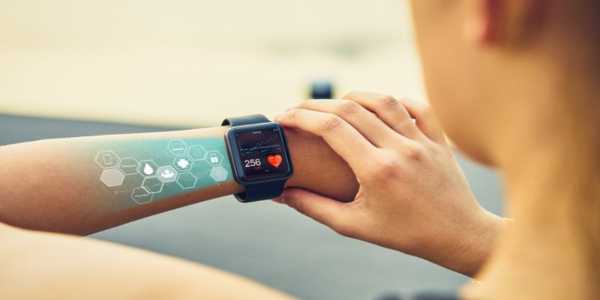- Apps
How to Secure Your Banking App If Your Phone Is Stolen
Losing a phone with sensitive data, like a banking app, could be better. Because many people fear hacking, a missing phone might bring identity theft, financial loss, and other issues. Your banking app and other vital data may be protected if your phone is lost or stolen. This article covers ways to protect financial information, avoid hazards, and respond swiftly to a phone hack.

Step 1: Start With Robust Authentication
The banking app is initially secured by robust identification. Many current cell phones can lock and safeguard their devices and applications. Basic security requires a strong password or PIN, while enhanced security may make data theft difficult.
Two-Factor Authentication
Use two-factor authentication in your banking app. 2FA requires your password and a code from SMS, email, or authenticator app to protect you. Someone can access your bank account after unlocking your phone, but they require the second factor. Many banks and financial applications support 2FA, so enable it immediately.
Biometric Identification
Your fingerprints or face may be used for biometric identification. Face ID or fingerprint readers on most smartphones may lock applications independently. Fingerprint identification in your banking app makes accessing your financial data more challenging for someone with your phone.
App-Specific Locks And Pins
Some banking applications feature a separate PIN or lock for protection. The software remains secure even if someone bypasses your phone's fingerprint or facial scanner.
Step 2: Allow Data Cleaning And Remote Locking
Many phones can be locked and tracked remotely, which is helpful if they go misplaced. These remote lock and wipe options for Android and iPhone can protect financial data.
Find My iPhone/Android Phone.
Android and iOS have Find My Device and Find My iPhone tracking applications. These services allow remote phone locking and tracking. The phone may be lost or stolen:
You can determine whether it's near or moving live.
Remotely lock your phone to prevent theft.
To protect your applications, images, messages, and financial details, delete them.
Before someone takes your phone, enable this function in the Android settings: Settings > Security > Find My Device. On an iPhone, Settings > Apple ID > iCloud > Find My iPhone. Test the feature before learning it.

Step 3: Notify Your Bank Immediately.
Call your bank immediately if your phone is stolen and your banking app is at risk. Most banks provide 24/7 customer service. If you alert your bank early, they may immediately safeguard your account:
Stop illicit conduct by freezing your account.
Changing account PINs or passwords.
Beware of frauds, particularly if your banking app holds credit card or other account information.
Also, rapidly update your online banking password on a secure computer or device.
Step 4: Regularly Examine Bank Account Activities
Someone might use your banking app without consent even after you lock your phone and notify your bank. Check your bank account regularly for fraud—most banks SMS or email transaction updates, which might help you notice suspicious activity.
Create alerts and notifications. Set banking transaction and login notifications. You'll get login, purchase, and account update notifications. This secures your account. Report illicit transactions to your bank swiftly and correct them.
Step 5: Secure Your Communications
Protecting phone data requires encryption. Modern cell phones protect sensitive data, including banking data, with full-device security. Someone with immediate access to your phone can't see its data without a password.
Secure communication Secure contact protects financial data. Avoid public Wi-Fi for banking and other vital apps. Unencrypted public networks allow hackers to grab data. Use a VPN to safeguard your financial information on public networks.
Step 6: Contact Local Authorities If Necessary
Call the police about a stolen phone. Some authorities can monitor active or unwiped phones. Reporting thefts generates an official record that might help you recover your device or accounts if your identity is stolen. A report might help you protect your identity and pursue insurance claims, but the police may need to recover your phone.
Step 7: Consider Mobile Security Applications
Many smartphone security applications make them safer. Lookout, Avast, and Norton Mobile Security can:
Real-time malware and threat detection.
Theft tracking devices.
Personal data is protected by privacy.
You may be protected against hazardous software on stolen phones by these apps.
Step 8: Secure Your Data
Good behaviours may prevent data loss or theft. Don't keep passwords, PINs, or financial credentials in phone writing applications or SMS. Protect your login information using password tools. Avoid sending financial information insecurely. Do not click on suspicious links to bogus sites that steal logins.
Final Takeaway

Reasonable security procedures and the correct tools may protect your banking app if your phone is stolen. A stolen phone is safer with strong identification, remote lock and wipe, bank notification, account monitoring, and other security applications. Take preventative measures instead of reacting. Keeping your financial information secure and avoiding theft may protect your phone.





